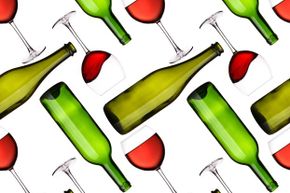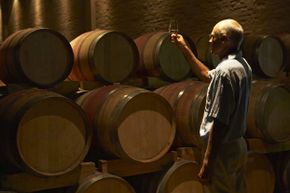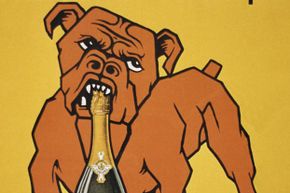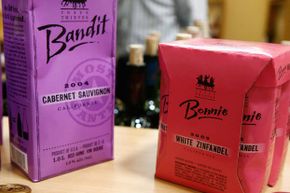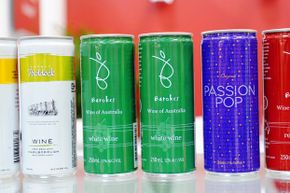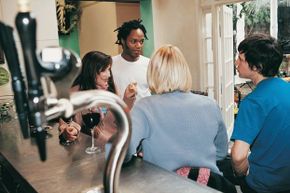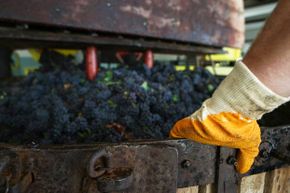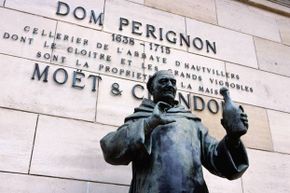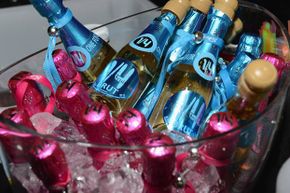Winemaking is an 8,000-year-old tradition, and the first wines tasted ... well, terrible. People added ash, resin and even lead to "enhance" the flavor [source: Lukacs]. Luckily, most wines today are pretty darn tasty on their own, thanks to modern fermentation techniques and innovations in packaging that help your wine stay fresher longer, and you certainly don't have to worry that a wine-maker used lead to improve his product's flavor!
We've also seen a big shift in where we produce wine. Once considered a hoity-toity European beverage, wine is made and drunk all over the world, and you're as likely to find a decent glass of red at your neighborhood pizza joint as at a fancy French restaurant.
Advertisement
Winemakers have also gotten more conscious of their environmental impacts. Since a good wine starts with the grape, and good grapes start with good soil, the wine industry has stayed on the cutting edge of sustainable agriculture. Any vintner worth his salt knows that protecting the environment is more than just good for the planet -- it's good for his wines.
With such a long history, there have been lots of innovations through the centuries, from how winemakers grow grapes to how they market those bottles. Let's look at 10 of them.
